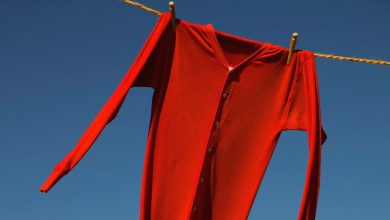When an Artist Dies, Who Owns Her Story?

It was an evening in late January, and Raquel Cecilia Mendieta was dining at the Parador, the 12th-century monastery-turned-hotel where she was staying while she installed artwork for a new survey of Ana Mendieta, the famous Cuban-born performance artist — and Ms. Mendieta’s maternal aunt — at a nearby museum.
It had been a long day of assembling logs, soil, pine cones and branches into a reimagining of the artist’s “Untitled: Silueta Series” inside the Museo de Arte Contemporáneo de Castilla y León, and her dinner companions — her 15-year-old daughter, Anabella, and Grace Hong, the assistant director at Galerie Lelong, which represents the Ana Mendieta estate — were still jet-lagged after traveling from New York.
But they jumped when, after plates of bacalao and glasses of white wine had been cleared, Ms. Mendieta checked her phone and exclaimed, “Oh my god!”
She covered her face with her hands for a moment, and then delivered the news: Carl Andre had died.
Mr. Andre, Ana Mendieta’s husband, was the person who called 911 in the early hours of Sept. 8, 1985, when she fell from the 34th-floor apartment they shared in Greenwich Village. He was charged with — and later acquitted of — her murder in a case that became one of the biggest art world scandals of the last 50 years. Though a judge ruled that Mr. Andre was not guilty and many prominent artists came to his defense, Ana Mendieta had equally vehement supporters, including her family, who believed Mr. Andre was responsible for her death.
Recently, the story has been revisited by writers and filmmakers in a wave of media projects that has vexed Ms. Mendieta, the administrator of her aunt’s estate — particularly when the works appear to focus on the death.





